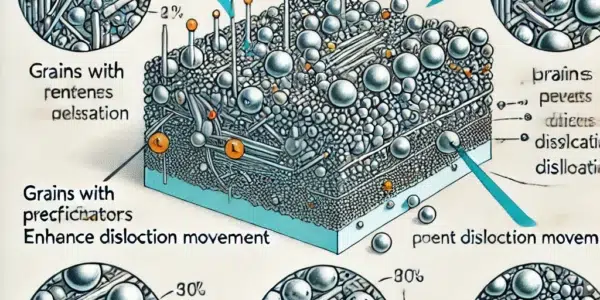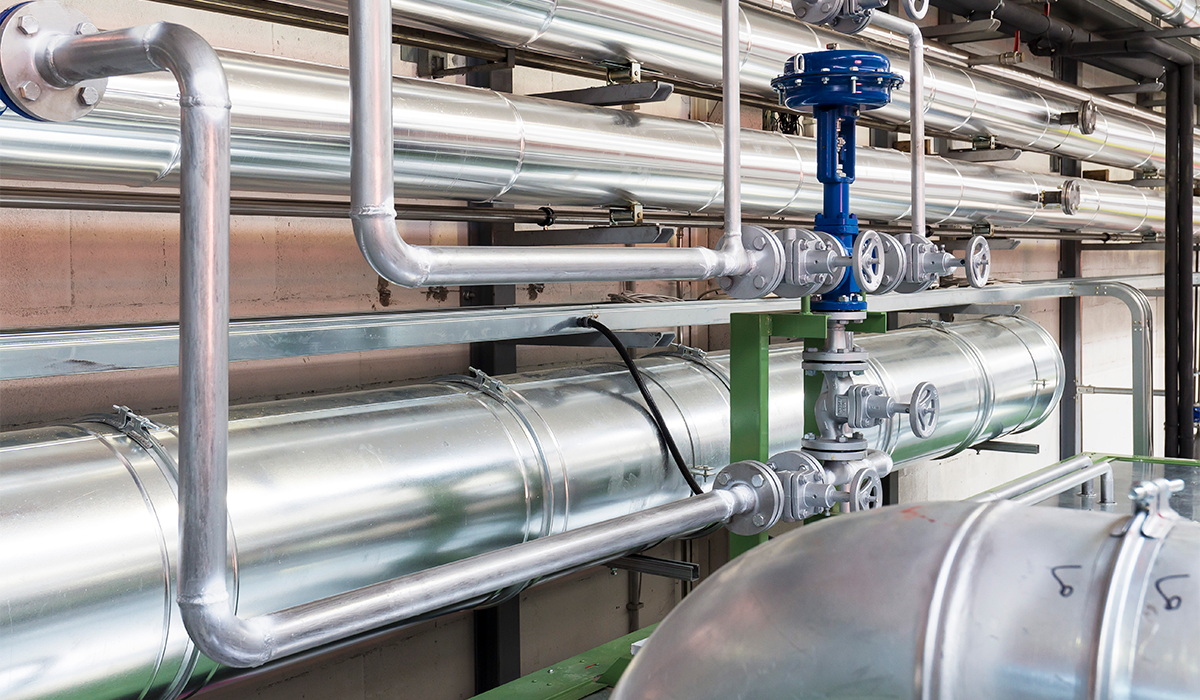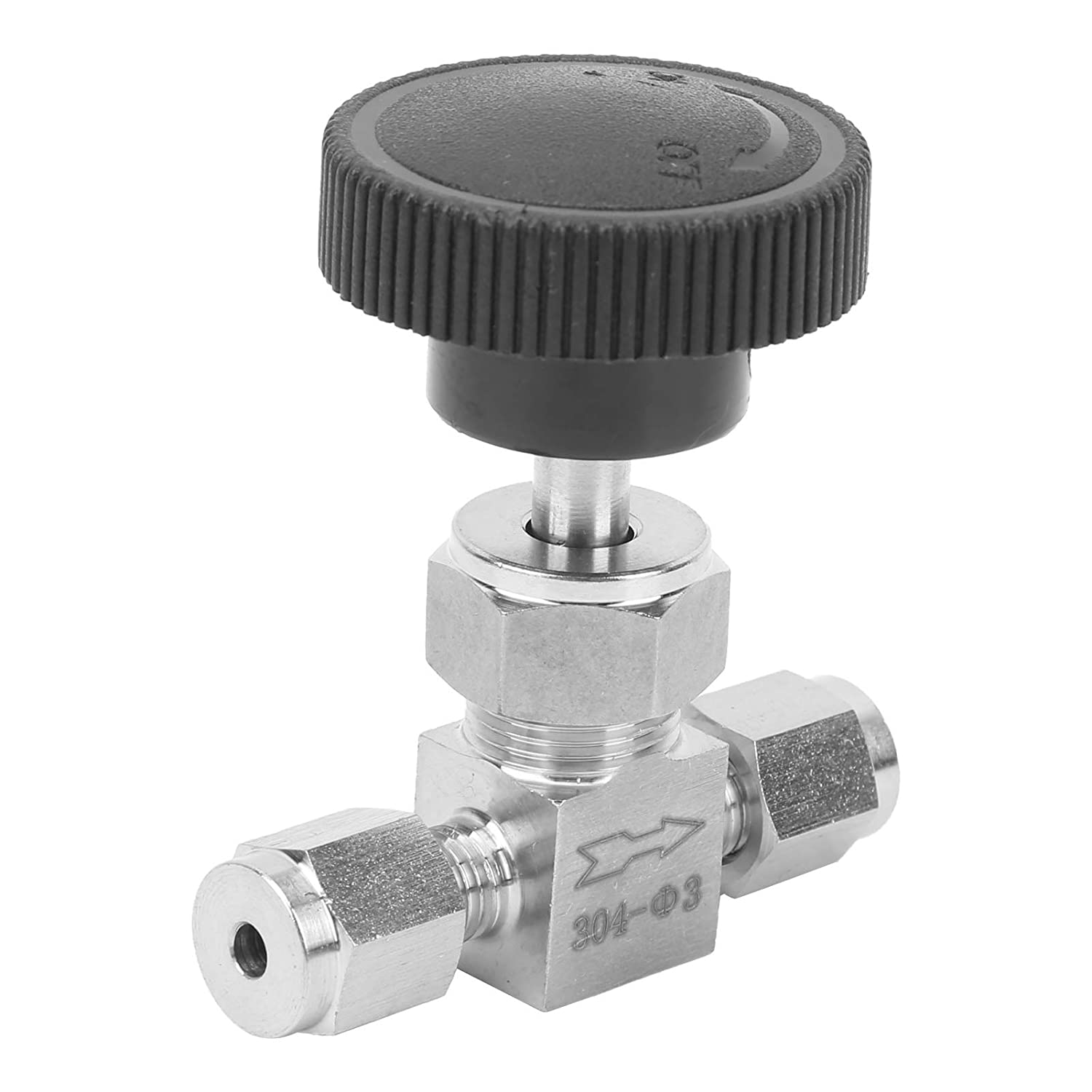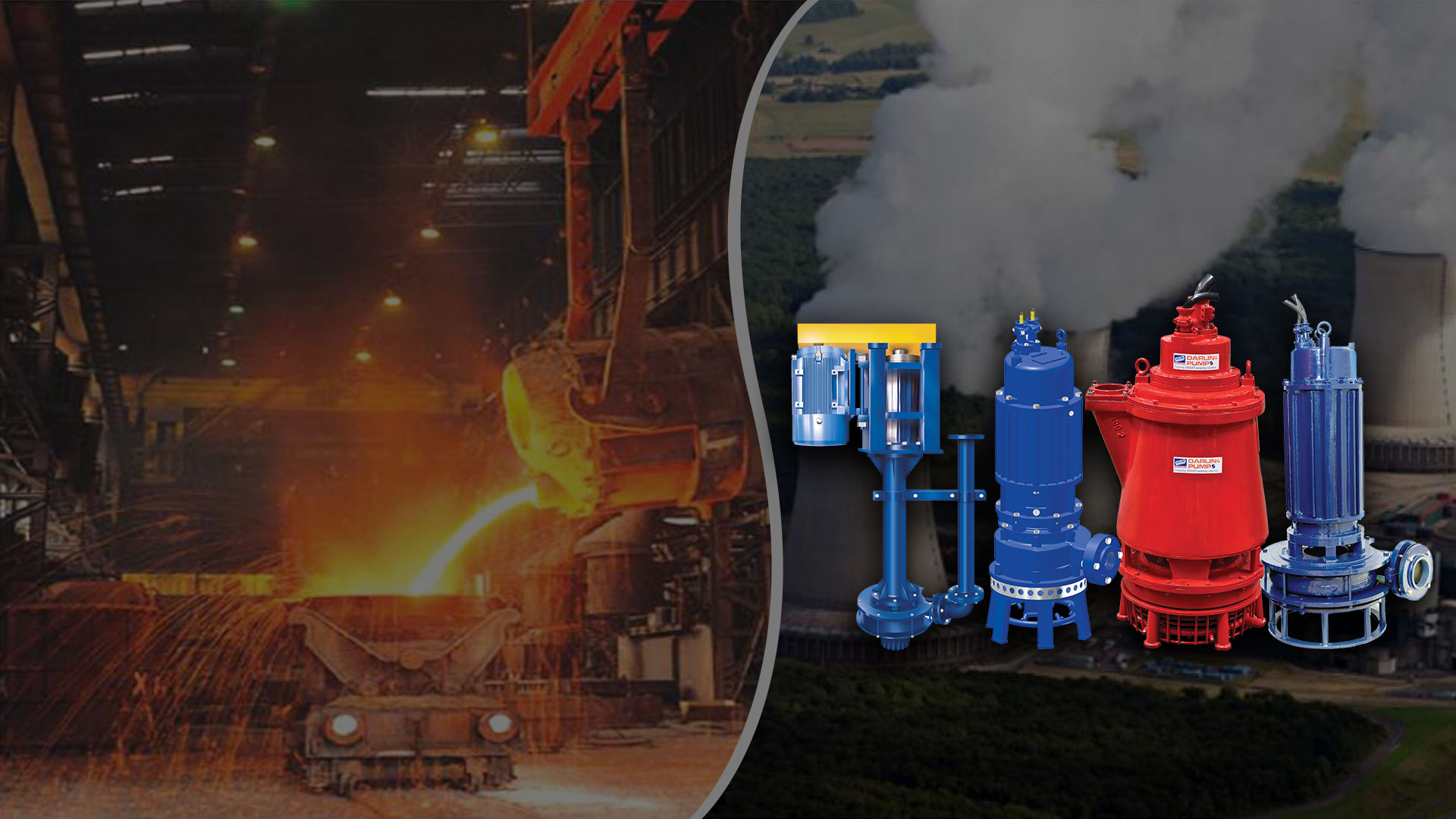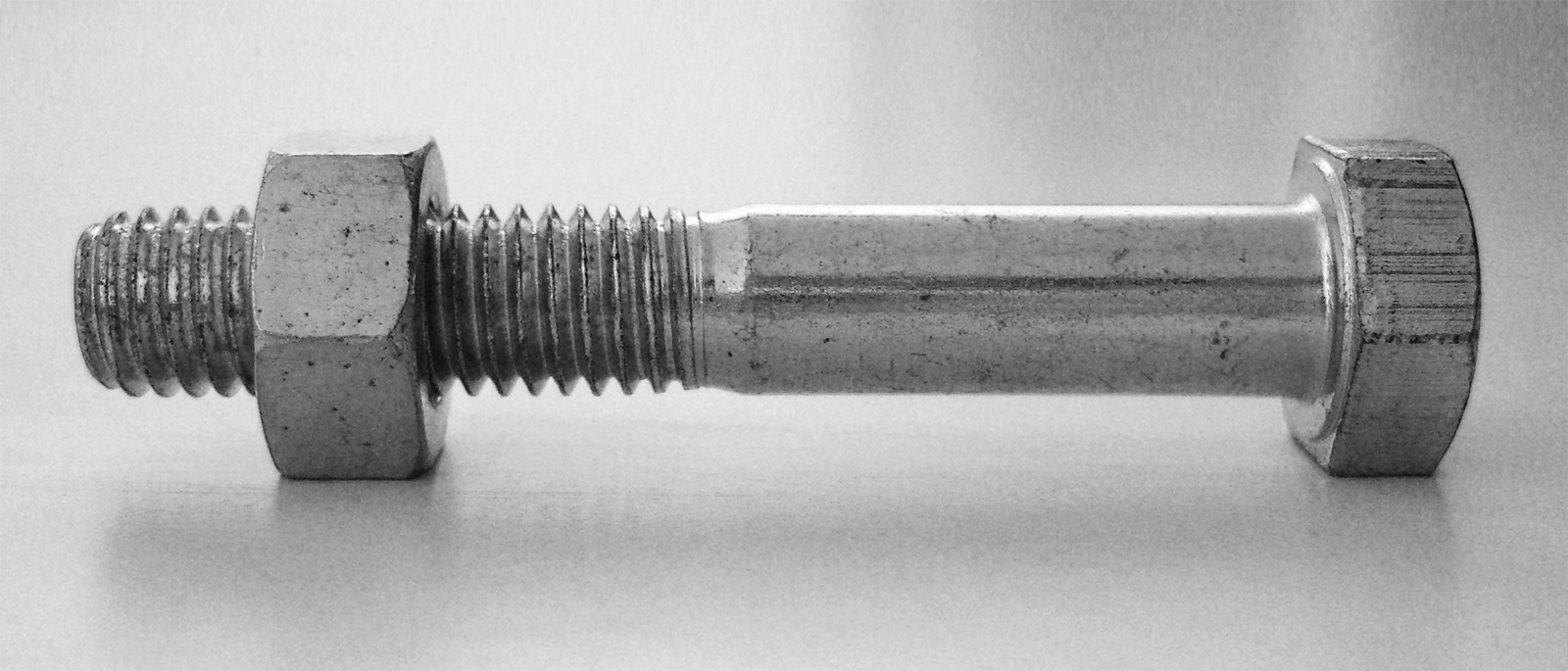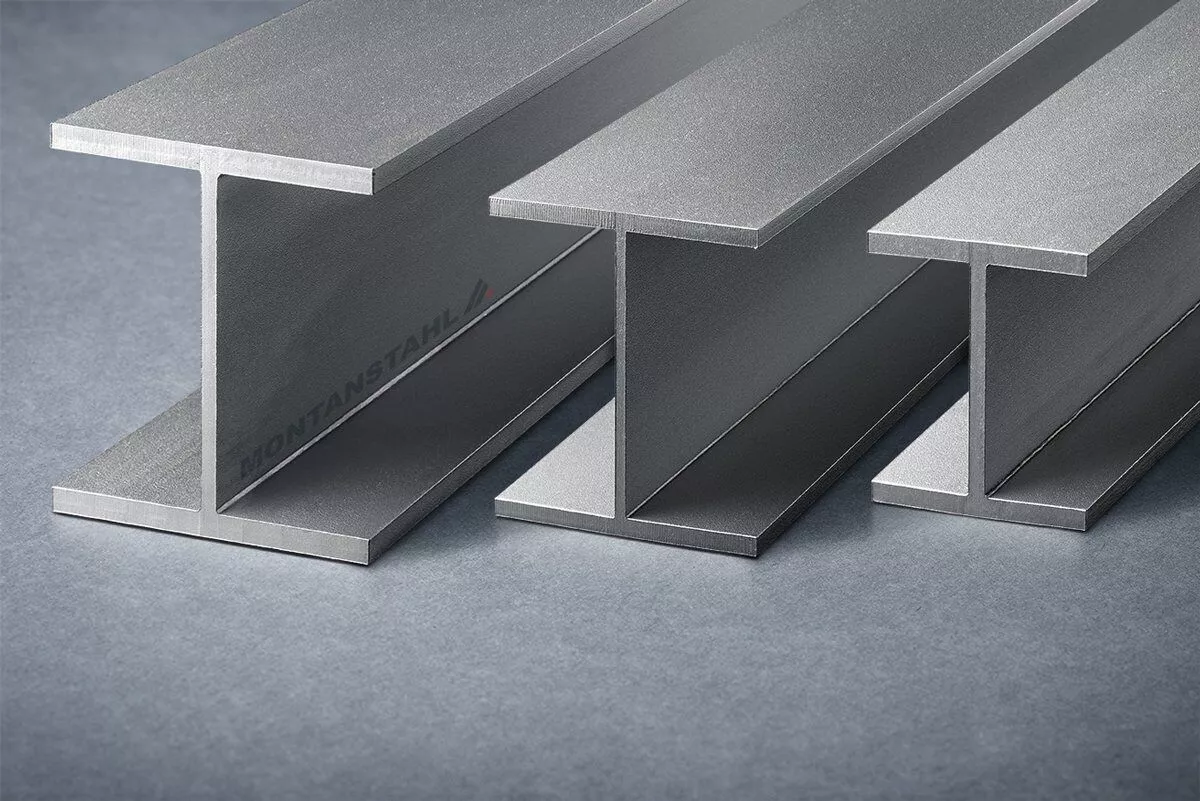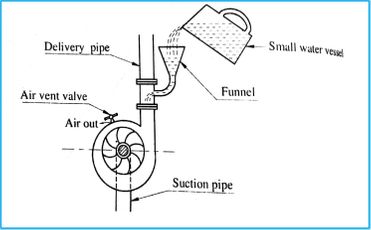Understanding Creep Failure: A Comprehensive Technical Analysis
In the field of piping engineering, the integrity and reliability of materials under various operating conditions are of paramount importance. Among the various failure mechanisms that can compromise the performance of piping systems, creep failure stands out as a critical…
Heat Exchanger Fouling Factor: Its Significance and Calculation
Heat exchangers are integral components in a wide range of industries, including power generation, chemical processing, HVAC, and more. They are designed to transfer heat from one fluid to another without mixing them. However, during their operation, they often encounter…
The Science Behind Pipe Friction Loss: Understanding the Important Aspect
Piping is the use of pipes, valves, fittings, and other components to transport liquids, gases, and other fluid substances. Piping systems are used in a wide range of applications, including water supply and distribution, heating, ventilation, air conditioning (HVAC), and…
Needle Valve : Types, Symbols, Uses – All There Is To Know About The Essential Object
A needle valve is a precision control valve that regulates the flow of liquids or gases through a pipe or tubing. The valve features a pointed tip that resembles a needle, which can be adjusted to control the flow by…
Purpose of Pumps : Why Are Pumps and Pumping Systems so Integral and Essential
A pump is a device that moves fluids (liquids or gases) from one place to another. It is used to increase the pressure of the fluid, to overcome resistance in the piping or for other purposes. The main component of…
Stud Bolt : Types, Selection, Materials, and Standards of Stud-Bolt – A Detailed Account its Importance
A stud bolt is a specialized fastener utilized in a variety of high-pressure applications, including pipelines, pressure vessels, and related equipment. It is composed of a threaded rod and two heavy hex nuts, as well as a flat or square…
H-beam vs I-beam : Features, Similarities, Differences – A Precise and Informative Comparative Study
H-beams and I-beams are both types of structural steel commonly used in construction. The main difference between the two lies in their shape, with the H-beam having a wider flange (the horizontal section) compared to the I-beam. The flange of…
What is Pump Priming and Why it is Required?
Pump priming refers to the initial injection of government funds into an economy in order to stimulate economic activity and promote growth. This can take the form of infrastructure projects, tax cuts, or increased government spending on social welfare programs….
Types of Pipe Fitting for Piping and Plumbing Industry
Pipe fitting is the process of connecting and disconnecting pipes, valves, fittings, and other equipment to make a plumbing or piping system. It involves the use of various tools and materials, such as pipe wrenches, pipe cutters, Teflon tape, and…
Venturi meter: Definition, Parts, Working, Equation, Applications, Installation
A Venturi meter is a device used to measure the flow rate of a fluid in a pipe. It is based on the principle of differential pressure and works by creating an constriction in the pipe, which creates a pressure…

